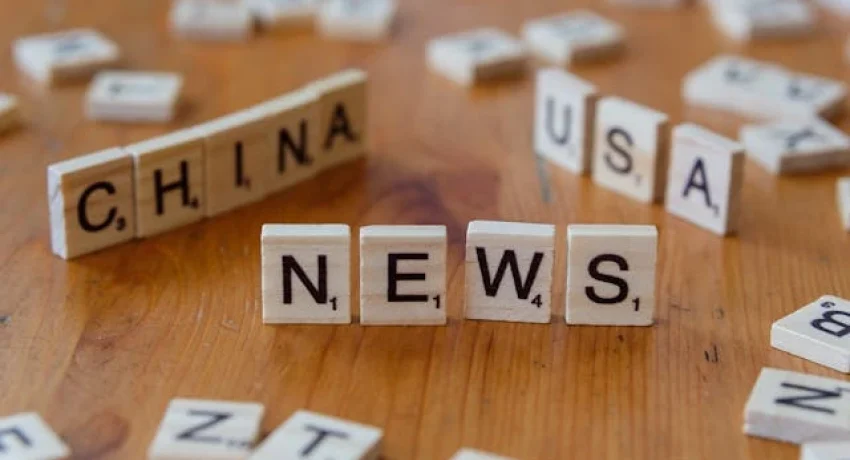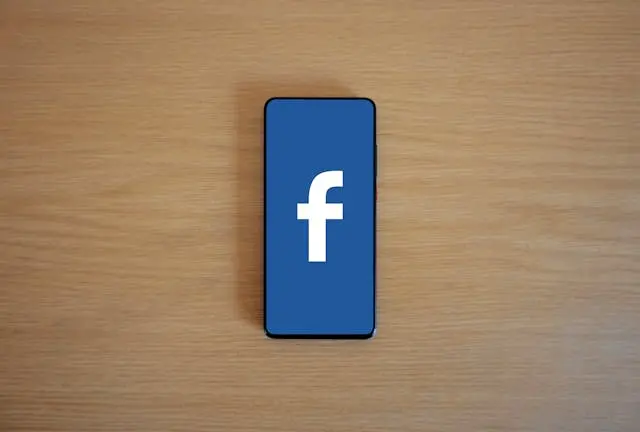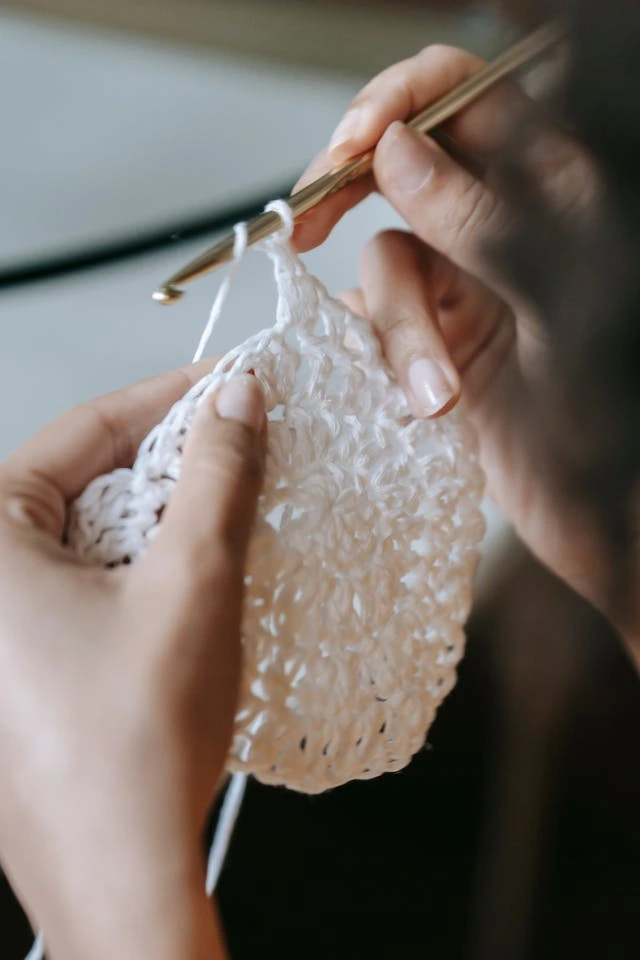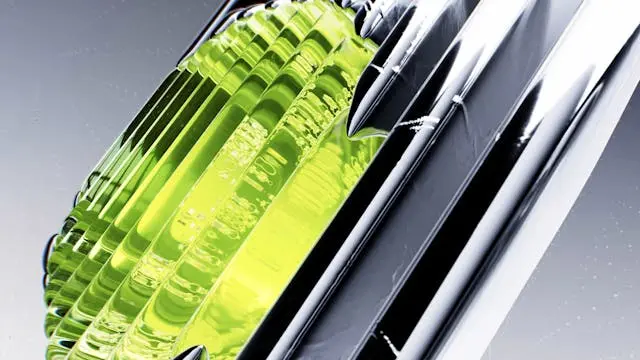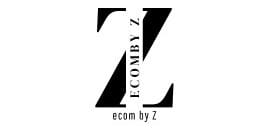🇺🇸 TRUMP’S RETURN AND RENEWED PRESSURE ON CHINA
The U.S.-China relationship is once again making headlines throughout the world in 2025, thanks to tough trade policies, political scheming, and a subtle but potent struggle for worldwide brand recognition. As China continues to respond through strategic diplomacy, trade partnerships, and international marketing of its state-backed brands, former U.S. President Donald Trump has rekindled many of the aggressive strategies from his previous administration.
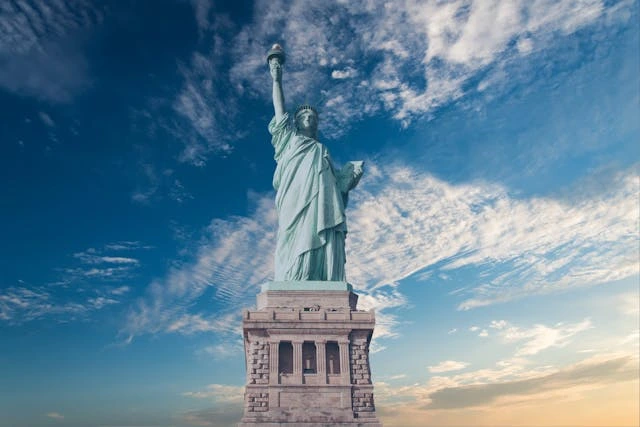
🇺🇸 Trump’s Return and Renewed Pressure on China
A tough posture toward China has been resurrected during President Trump’s second term. His administration holds China accountable for unfair trade practices, cyber espionage, and the fentanyl problem in the United States. Trump has responded by tightening regulations on Chinese tech companies doing business in the United States and enacting a broad new wave of tariffs on Chinese goods, some of which are as high as 145%. These actions are similar to those taken during Trump’s first term, when the trade war caused supply chains to fluctuate and global markets to be affected. The effects on the economy are now far more widespread, hurting both Chinese exporters and American companies.
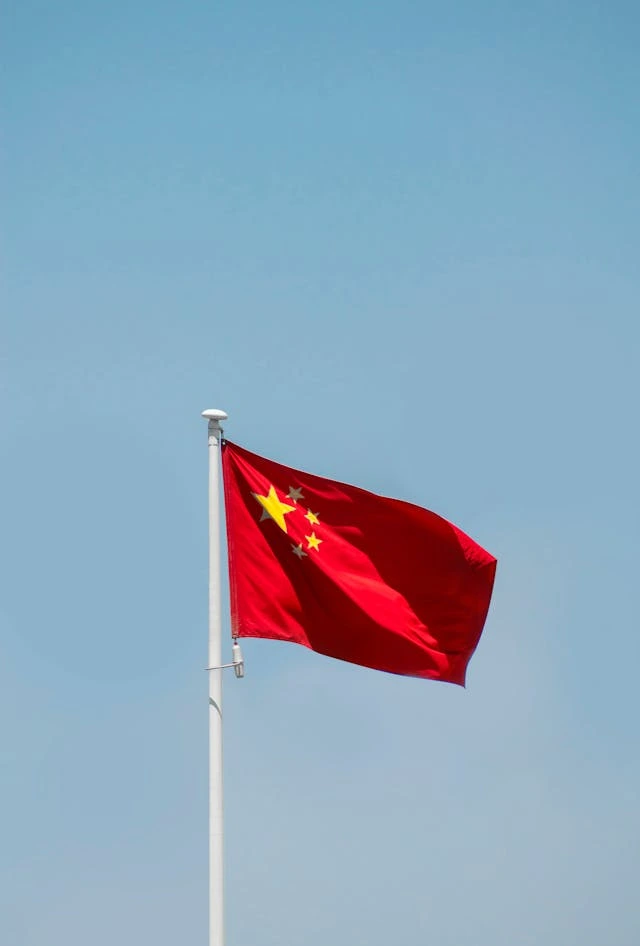
🌍 Global Response and the Road Ahead
The world is witnessing as two superpowers battle it out, one using tariffs and brute force tactics, the other using cultural and economic infiltration. The United States is pressuring its allies to “pick sides,” while many developing countries still accept Chinese goods and investment.
It’s yet uncertain if Trump’s tough policies would stop China’s worldwide expansion or just encourage it to form closer ties with other countries. The power fight between Beijing and Washington is undoubtedly about who controls the narrative, the market, and the brains of the next generation of global consumers, not just about GDP or military force.
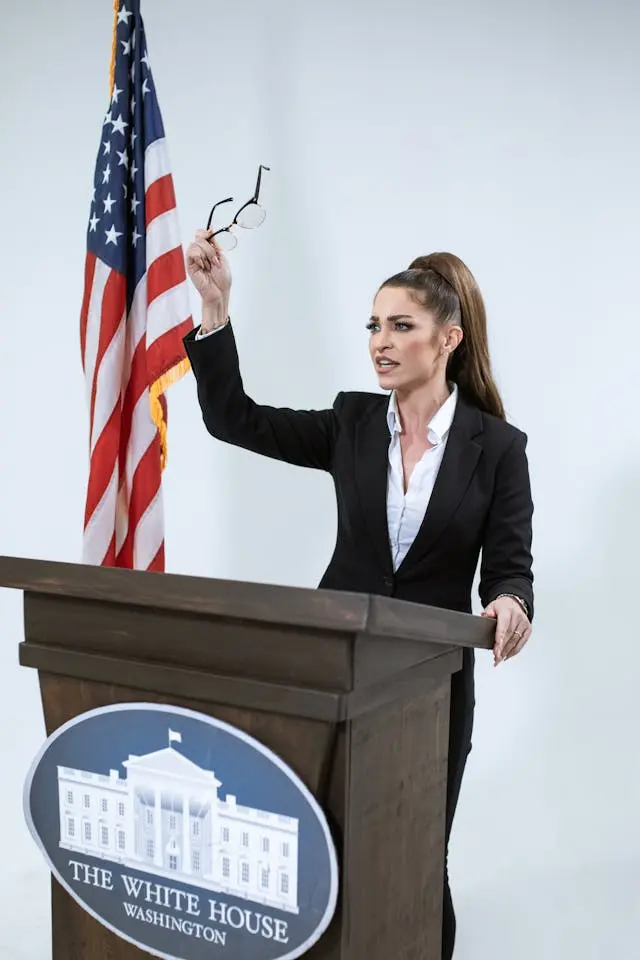
China faces up to 245% tariffs on imports to the us, white house fact sheet
My feed is full of Chinese tiktokers. They are making videos telling the world how their favorite luxury products are made in their factories for less than half of the actual price. The Chinese claim that they can sell all of us the exact same thing without the logo.
On the other hand, the U.S reported that fake brands in China often mimic high end luxury items at a fraction of the cost, leading some consumers to question whether they should buy these imitations or invest in the genuine article.
So after reading all of this the real question is, is China exposing a truth the luxury world doesn’t want you to know or is this just a clever way to undermine western brands with high quality knockoffs.

